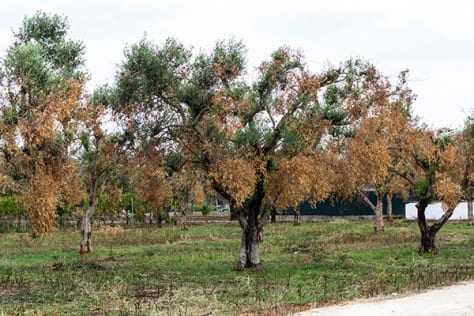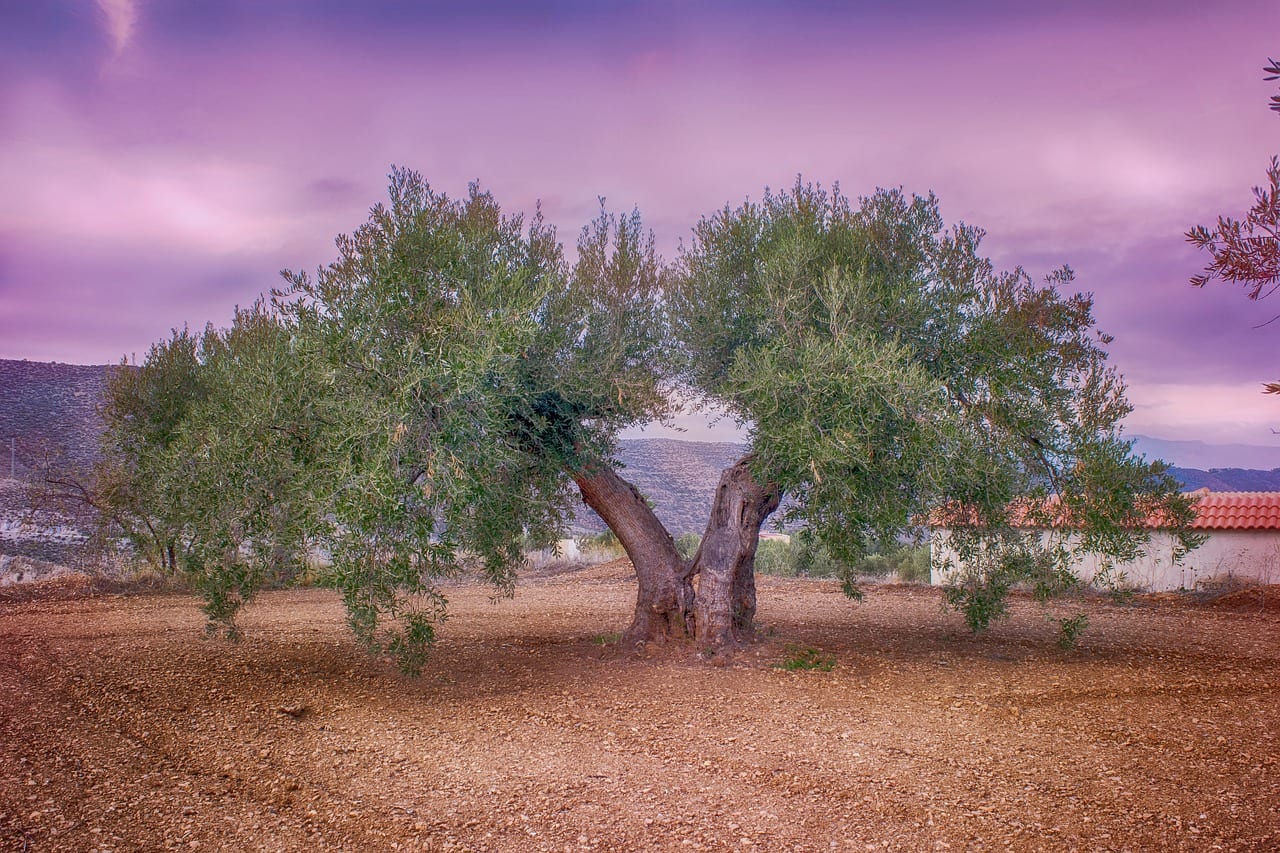La ONU has recently declared 2020 such as "International Year of Plant Health" with the purpose of raising awareness of the importance of take care of the plants. Of many of them, within the field crops, recognized Spanish foods are produced such as olive oil, wine or the potato. But also the acorn-fed Iberian ham. Therefore, it is essential to control these threats in agriculture that end up affecting final products and human food.
Global reflection on health in the field
Most foods from agricultural sectorthe and of cultivated land in Spain they have gone through meticulous care before to reach the market healthy. However, society sometimes forgets the work it takes to keep threats in agriculture. Preserve the excellent tree health or plants is an indispensable factor in terms of healthy guarantee. The penalty for farmers and ranchers is that after all the effort is rewarded with ridiculous prices at the time of starting production.
Fight pests it costs money that, on many occasions, the professionals in the field are unable to amortize. Also for this, the ONU wants to give greater visibility to this negative circumstance that focuses on crops need care because they can get sick. Not everything is as simple and 'beautiful' as seeing those pristine foods in greengrocers or supermarkets.
In our country, some experts on this subject recognize Effeagro the existence of the most prominent problems that deplete crops. We describe them below.
The top three threats to agriculture
The "dry" of the oak for the ham
One of the most famous and recognizable products of our gastronomy is the acorn-fed Iberian ham, the one that is born from pigs well fed with the fruit of the oaks. This plantation can be affected by an el fungus phytophthora, the main trigger of the "Dry". Rot the roots of these trees in the montanera. It has already killed up to 500.000 holm oaks and cork oaks during 25 years of presence in Spain, according to data from the sector. His approach is a challenge for the future to preserve the good meat and Iberian product.
La Xylella fastidiosa in crop diversity
This bacterium is another of the threats in agriculture that affects the vid, olive and almond. Both the Balearic Islands and the Valencian Community have been the communities most punished by Xylella annoying, which attacks these woody plants. It transmits insects to the tree in such a way that they are responsible for stopping the passage of sap to the different branches. Thus, the stems dry out, gradually destroying each crop. Currently, given the difficulty of tackling the problem, efforts are being joined between Spain, Portugal and several American countries to find a solution.

Guatemalan moth on potatoes
Finally, also among the main threats in agriculture there is the one that causes secondary diseases to the potato. More than 20 years ago this moth was detected in Spain, specifically in the Canary Islands. However, it was in 2012 when it expanded throughout the Iberian Peninsula, especially to Galicia and Asturias. It is an insect that completes its entire larval process within this tuber, on which it feeds. It lives and deposits excrement that gradually destroys the potato. Yes, the future eradication of this moth is much more optimistic.

Adding other pest problems to these three threats in agriculture, the Spanish countryside must always be alert and aware. But the consuming public also or, otherwise, we could not enjoy the excellent products that the earth provides.







